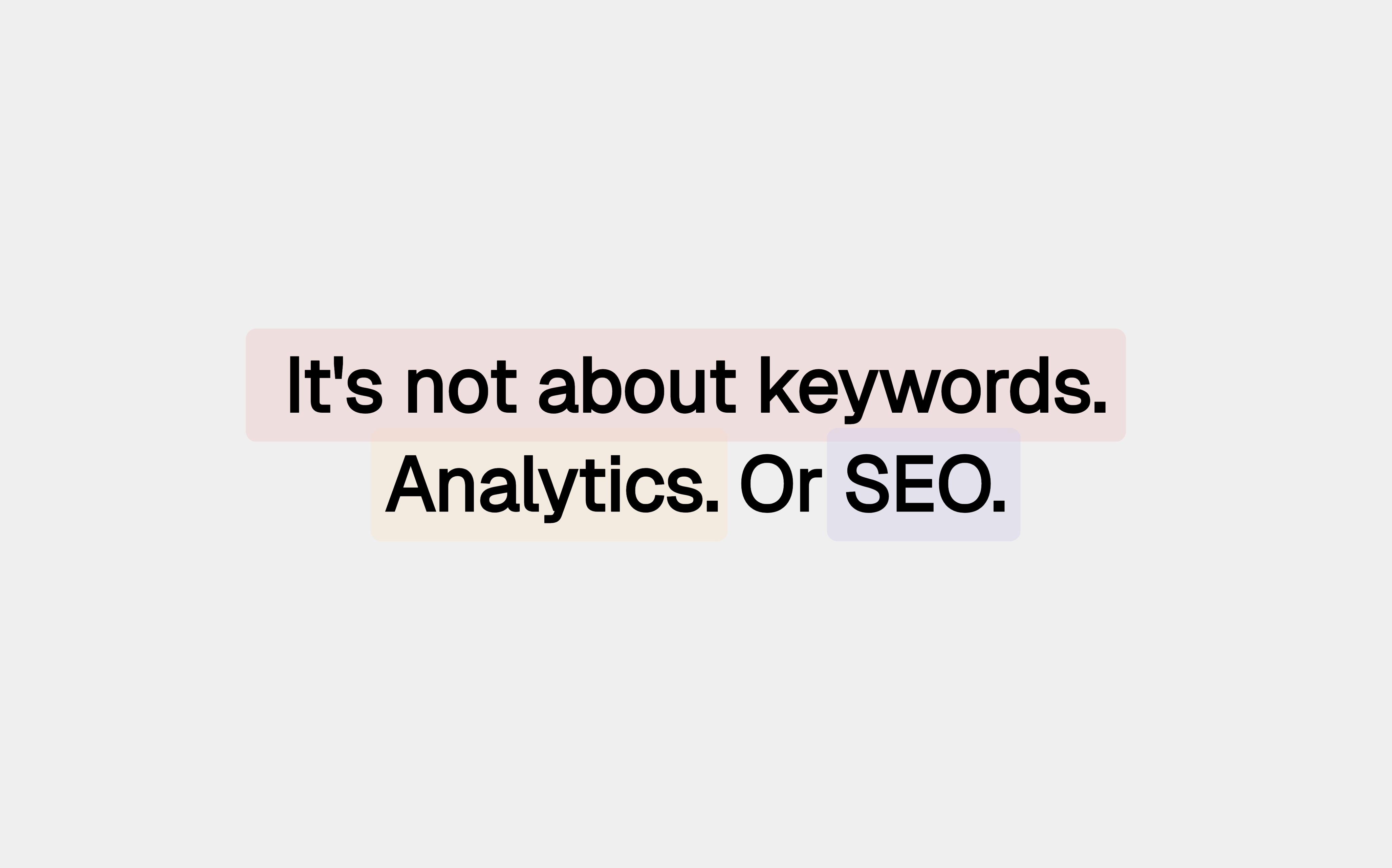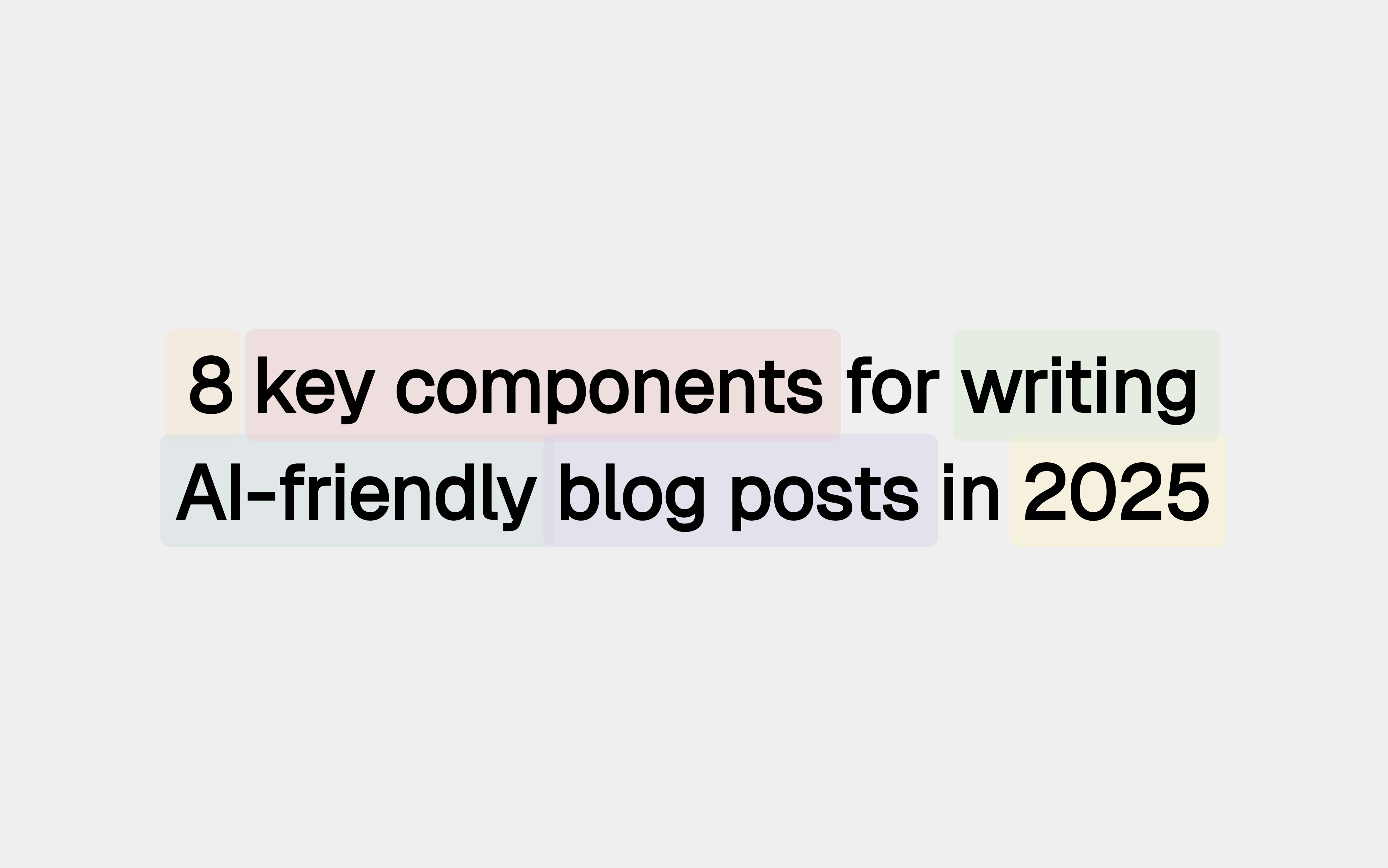10 Things I Learned Building a Startup in 2021

A look back at takeaways from this past year working on Whalesync.
In 2021, I met my co-founder, we started a company, built a product, raised money, grew the team, and helped our first customers sync data. Although this is just the beginning, I wanted to look back at this initial year of building Whalesync and see what I had learned. As you might expect, you learn a ton the first year of a startup, so my list was pretty long. Here’s a shortened list of ten things worth sharing. I hope this list can be helpful for the person starting a venture in 2022. Some were surprising and others I already knew, but didn’t internalize until they hit me in the face 🙂.
General
1. Startups = momentum
More than I realized, startups are about momentum. Everything builds on itself and wins lead to bigger wins. You build an MVP which gains your first customers. That early traction helps you raise funding. The new funding lets you hire employees. Those employees build better product... and the cycle repeats. Although that intuitively makes sense, it’s different when you start to feel the momentum in practice. The metaphor of “catching wind in your sails” is appropriate. Keeping this momentum is important.
2. Customers are the best momentum
Although there are many potential sources of momentum (like fundraising or hiring), customers are the best. Talking to customers is motivating. Solving their problems is exhilarating. Nothing creates momentum for us quite like seeing new sign-up alerts pile up in Slack.
3. Follow the playbook until you need to break it
Many smart people have paved the way, creating best practices for building startups. Studying the playbook and learning from the best is an important way to level up. That being said, most advice is generic while your situation is full of context. Have the confidence to assess situations and understand why the best practice does or doesn’t apply. We had to make decisions this year that ran counter to the prevailing wisdom of how to run a startup. At first, this made us anxious, but eventually, we realized it was normal. The playbooks are good data points, but shouldn’t supersede reason.
4. Never forget who you’re building for
It’s great to be flexible and not get attached to any one particular solution... but never lose sight of who you’re building for. Start with the user and build a product that solves their problems. If you try to take a technology and search for use cases you’re doomed. Our roughest two weeks this year came when I forgot this principle. Our syncing tech is pretty amazing, so I thought, “what if I try to sell this to ___ type of person?”. This was a dead-end because I didn’t work backward from the customer. As soon as we remembered who we were building for, everything came back into focus.
5. Taxes and other admin work are still a time suck
In the old days, starting a company was full of red tape. Now between Stripe Atlas and Gusto, I figured all the annoying paperwork had been productized. I was wrong. Even with the help of these products and amazing tax services like Fondo, there’s still plenty of pesky paperwork all founders deal with. Quickly figuring out what’s important (eg. 83b) and what should be outsourced to a product like Gusto can save lots of time.
Fundraising
6. Don’t split fundraising responsibility
My co-founder Curtis led the majority of our first funding round, but I helped out occasionally. This meant sourcing some investor leads and making a few pitches. At the time it felt like I was helping us achieve one of our most important goals. In retrospect, it’s an inefficient way to run a fundraise. Even if someone is only committing 10% of their time to fundraising, it’s hard for it not to take up 90% of their headspace. This limits the flow of creative ideas and ultimately progress on the product. One person should handle basically the entire fundraising process. The second time around we ran it this way and it was much more efficient.
7. Every meeting with a VC is a pitch (of sort)
If you’re fortunate, VC’s will reach out to you about meeting. Many will tell you it’s not a pitch, but just a way to get to know you. Although it’s technically not a pitch, they are evaluating you. When you meet, VC’s gather information to help them make a future decision about whether they want to invest. It’s not a bad thing, it’s their job. Just don’t be naive and think otherwise.
8. Compress your fundraise into a tight window
Shorter fundraising windows achieve two goals. First, they limit the amount of time you’re distracted by fundraising. Second, they help build momentum with investors which increases the odds the fundraise will be a success. Start scheduling meetings a few weeks before you want to start your raise and pack as many meetings as you can into a two-week span. It’s exhausting but worth it.
Culture
9. Ambitious goals are powerful, but be careful
Over the summer we set an incredibly ambitious revenue goal. This “shoot for the moon” goal was an amazing motivator that helped us work longer and harder than we would have otherwise. As a team, it helped us achieve a lot in a short period. That said, having this goal gave us ideas that were not always healthy. It encouraged us to think about short-term ways to accomplish the goal that would not have been good for the business long term. We should continue to set ambitious goals in the future but with caution.
10. With remote, it’s important to take time to bond
We’re big fans of remote work. It’s efficient, gives flexibility in our lives, and allows us to work with the best talent around the world. Remote can also be isolating. Without the conversation that occurs when you’re co-located, there’s less natural bonding. We’ve learned to set aside time specifically to chat and hang out as a team. My instinct is to focus on productivity, so at times it’s felt unnatural, but it’s always been worth it. In a physical office, you have lunch together, so it’s not necessary. In a remote office, these conversations help us connect, enjoy our time together, and ultimately perform.
Subscribe for more
Stay up to date with the latest no-code data news, strategies, and insights sent straight to your inbox!
Thank you for subscribing!
Related posts












.svg)




.svg)


